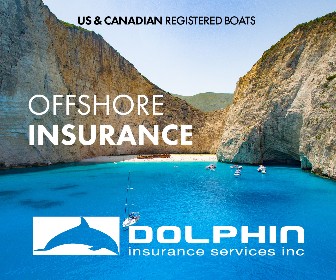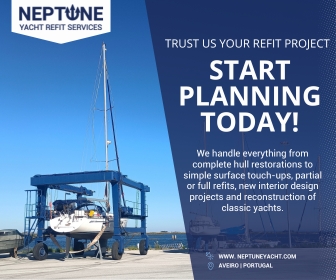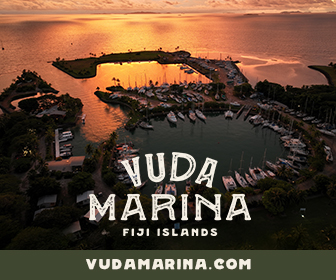The Oceans: French Polynesia, Portugal and Samoa Create Marine Protected Areas
At this month’s United Nations (U.N.) Ocean Conference in France, in announcements affecting the South Pacific Ocean, French Polynesia said it will create the world’s largest Marine Protected Area (MPA) while Samoa adopted a plan that will include the establishment of nine new fully protected MPAs. At the same time Portugal announced the establishment of a new MPA in the Atlantic Ocean.
Published 6 months ago, updated 5 months ago
French Polynesia Announces World’s Largest Marine Protected Area
French Polynesia announced the creation of the world’s largest Marine Protected Area (MPA), at the U.N. Ocean Conference in Nice, France in early June. The MPA will cover the entirety of the country’s exclusive economic zone (EEZ), almost 5 million square kilometers (more than 1.9 million square miles) and will restrict extractive practices like deep-sea mining and bottom-trawling, a destructive type of fishing that drags large nets along the seafloor.
Of that 5 million, 1.1 million square kilometers (424,712 square miles) will be designated as a highly or fully protected area, known as class 1 and 2, where only traditional coastal fishing, ecotourism and scientific exploration, will be allowed. The government has also pledged to add an additional 500,000 square kilometers (193, 051 square miles) to the highly protected area by World Ocean Day 2026.
“We have been managing this EEZ wisely for centuries, using the techniques that were passed on from the generations before us and our ancestors,” said French Polynesia’s President, Moetai Brotherson. “But now we wanted to take a bold step to be in line with the international standards of the International Union for Conservation of Nature (IUCN).”
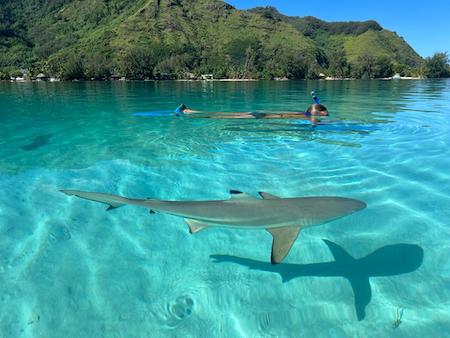

Samoa Adopts Plan to Establish Nine MPAs
One the eve of the conference, Samoa adopted a legally binding Marine Spatial Plan – a step to fully protect 30 percent of its national waters and to ensure sustainable management of 100 percent of its ocean.
The plan includes the establishment of nine new fully protected MPAs, covering 36,000 square kilometres of ocean. Samoa’s ocean is filled with deep trenches, underwater seamounts, and coral reefs teeming with life. The new MPAs have been established to protect a place that is home to a number of critically endangered and endangered species, including the hawksbill sea turtle, spinner dolphins, blue sharks and Taei’s dwarfgoby – a fish found only on Samoan reefs. It is also a migration route for humpback whales.
Toeolesulsulu Cedric Schuster, Samoa’s Minister for Natural Resources and Environment, said Samoa is a large ocean state and its way of life is under increased threat from issues including climate change and overfishing.
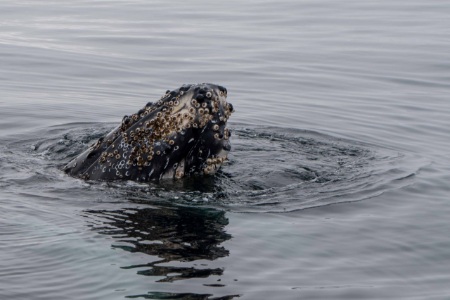

Portugal Protects Western Europe’s Tallest Seamount
In the week prior to the United Nations Ocean Conference in Nice, France, Portugal said it was creating a new protected marine area around the Gorringe Ridge in the Atlantic Ocean that includes Western Europe’s tallest seamount.
Portugal’s Environment Minister Maria da Graca Carvalho cCarvalho said that with the Gorringe marine protected area (MPA), some 200 km (124 miles) off the southern coast of continental Portugal and two smaller areas to be created, the share of its seas protected would rise to at least 27% from 19%.
Much remains to be done
The creation of more MPAs globally was a key goal of the U.N. Oceans conference amid a push to get more countries to ratify and implement the 2023 High Seas Treaty, which provides a legal framework to protect biodiversity in international waters.
Research from Dynamic Planet and National Geographic Pristine Seas found that 85 new marine protected areas would need to be created daily from now until 2030 in order to meet the goal of protecting 30% of the oceans by 2030, as set by the High Ambition Coalition for Nature and People in 2020 and signed by over 100 countries. So far, only 8.3% of the ocean is currently protected as MPAs.
………………………………
Related News:
- French Polynesia Creates World’s Largest Marine Protected Area (Time.com)
- Value Oceans, Don’t Plunder Them says French Polynesia Leader (AFP)
- French Polynesia President Announces Highly Protected Marine Area (RNZ)
- Samoa Protects Oceans with new Marine Spatial Plan (Oceanographic Magazine)
- Samoa’s Oceans Protected with Marine Spatial Plan (MongaBay)
- Portugal Leads Marine Protection with New Designated Area (GCaptain)
………………………………
Noonsite has not independently verified this information.
Find out all news, reports, links and comments posted on Noonsite, plus cruising information from around the world, by subscribing to our FREE monthly newsletter. Go to https://www.noonsite.com/newsletter/.
Related to following destinations: Albufeira, Alvor, Apataki, Apia (Upolu), Atlantic Coast (Portugal), Australs, Aveiro, Baleeira (Sagres), Bora Bora, Cascais, Clipperton Atoll, Fakarava, Fatu Hiva, Figueira da Foz, French Polynesia, Gambiers, Hao, Hiva Oa, Lagos, Leixoes (nr Porto/Oporto), Lisbon, Makatea, Makemo Atoll, Mangareva, Manihi Atoll, Marquesas, Mataura - Tubuai, Maupiti, Moerai - Rurutu, Moorea, Nazare, Nuku Hiva, Oeiras, Other Atolls (French Polynesia), Papeete, Peniche, Portimao, Porto (Oporto), Portugal, Povoa de Varzim, Raiatea, Raivavae, Rangiroa, Rapa, Ria Formosa (Faro & Olhao), Salelologa Harbour (Savai'i Island), Samoa, Sesimbra, Setubal, Sines, Society Islands, South Coast (Algarve), Tahaa, Tahiti, Tahuata, Taravao - Port Phaeton, Tavira, Tikehau Atoll, Troia, Tuamotus, Ua Huka, Ua Pou, Viana do Castelo, Vila Real de Santo Antonio, Vilamoura, Western Samoa
Related to the following Cruising Resources: Environment, General



